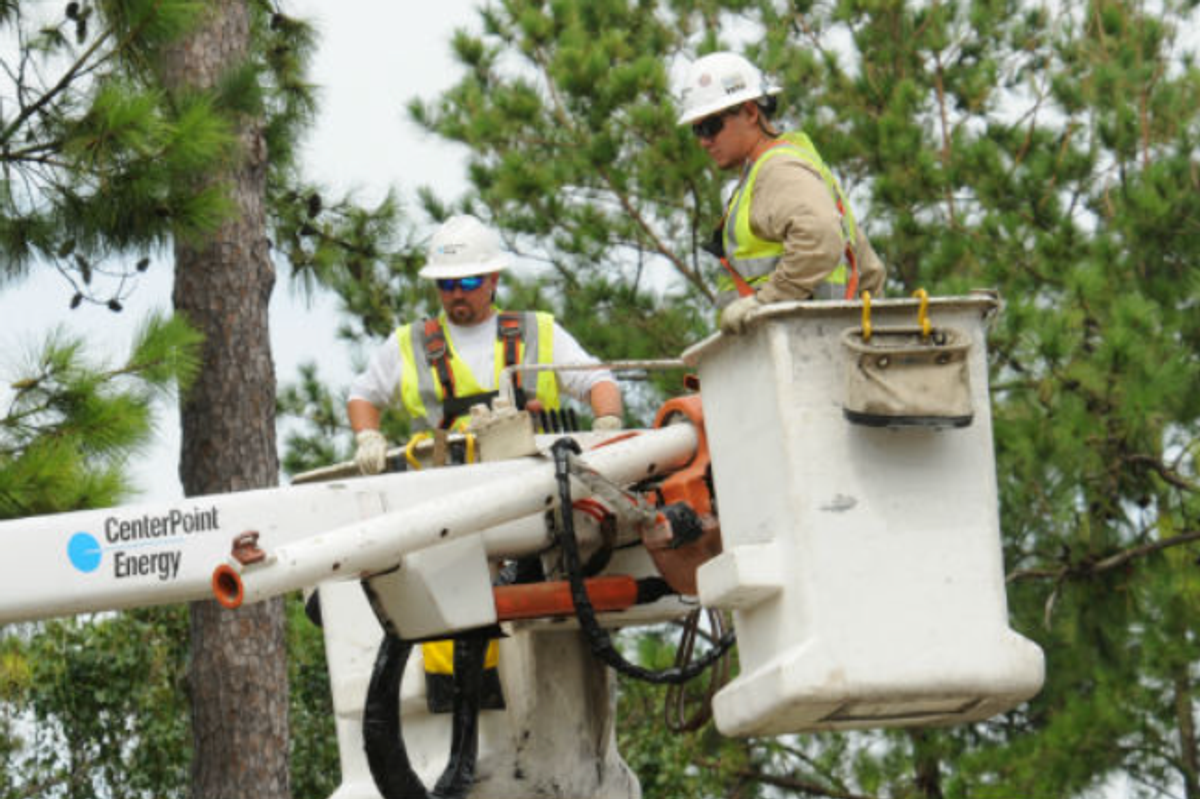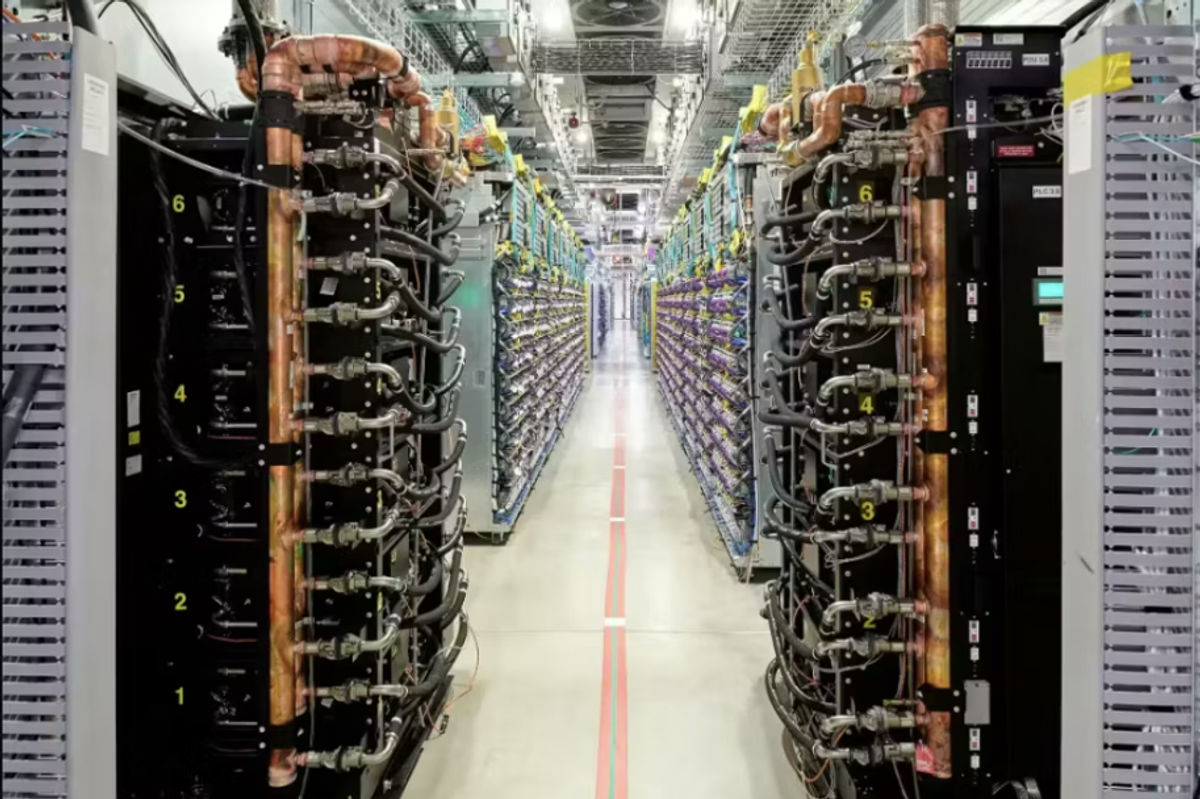As waste-to-energy gains a foothold in the energy transition, trash's more palatable cousin, recycling, sits just close enough for deeper inspection. Plastic, by and large, one of the most loved and loathed petroleum by-products, is often singled out as the most nefarious contributor to our declining climate.
With significant efforts underway to reduce the volume of single-use plastic while reusing or repurposing stronger plastics, let us turn attention to the third action in the timeless mantra–recycling.
Over the last few decades, we have embraced recycling globally, assured in our noble commitment to derive further utility out of items that no longer serve an immediate purpose from our unique perspective.
However, the act of recycling still closely resembles taking out the trash. We place items deemed worthy of secondary use into large, usually plastic, bins for carting far away from the rest of the things that still provide utility to our personal household or place of business.
For the most part, simply believing that there could or should be further utility of an item is criterion enough to warrant placement in the exalted blue bin. The small hit of dopamine elicited from the satisfaction that we are “doing our part” is just strong enough to reinforce the idea that we have also “done enough.”
But according to Vu Nguyen, director of corporate development and innovation, Waste Management, one of Houston’s leading trash, recycling, and environmental services companies, there remains one elusive challenge: the plastic bag.
The plastic bag proves problematic for a multitude of reasons, not least because of its role in ruining literally every.other.recyling.effort.ever. On the whole, we have been blissfully ignorant of the recycling process, and even more so of how much our good intentions to reuse and recycle are thwarting the same process for so many other reusable materials.
“The number one thing that consumers can remember when it comes to recycling is that thin, pliable plastic [like] bags and wrappers should be firmly excluded from standard blue recycling bins,” Nguyen shared at a Houston Tech Rodeo event earlier this spring.
After collection, simple but effective mechanisms sort items delivered to a recycling facility. Individuals pick through discarded materials placed on conveyor belts before the remaining items work their way through heavy magnets that extract useful metals while bursts of air pressure push lightweight items like paper away from heavier items like glass.
Plastic bags, including the lovely little blue ones so many of us like to purchase to fill our quaint non-standard recycling bins, tangle up in these conveyor belts, causing shutdowns to unravel them from materials otherwise well-suited for these sorting efforts. Downtime on the sorting line can get expensive, so much so that many recycling facilities often turn away entire trucks filled with potentially reusable items if even a single plastic bag is discovered inside.
Consider this the start of a public service announcement campaign to raise awareness of that simple fact.
Yasser Brenes, area president – south for Republic Services, echoes this sentiment as he shares a few tips and reminders with EnergyCapitalHTX.
- Know What to Throw: Educate yourself on what can and cannot go inside your recycling bin. Focus on only recycling rigid plastic containers such as bottles, jugs and tubs, metal food and beverage containers, glass bottles and jars, paper and cardboard. Don’t be a wish-cycler, never throw items in your recycling bin if you are unsure if they can be recycled or not.
- Empty, Clean, Dry: Recyclables should be rinsed free of residual food and liquid. If recyclables are not empty, clean and dry the residual food or liquid could contaminate other more fragile recyclables, like paper and cardboard, and require them to be thrown away.
- Don’t Bag It: Recyclables should always be placed loose inside your recycling bin. Flexible plastics, such as grocery bags, wrap and tangle around the sorting equipment and should never be placed in your recycling bin.
That’s not to say that plastic bags and wrappers cannot be recycled at all; on the contrary, they absolutely can. The mechanisms for sorting them from other materials like paper, aluminum, glass, and heavy plastics just aren’t quite mature enough… yet.
------
Lindsey Ferrell is a contributing writer to EnergyCapitalHTX and founder of Guerrella & Co.










